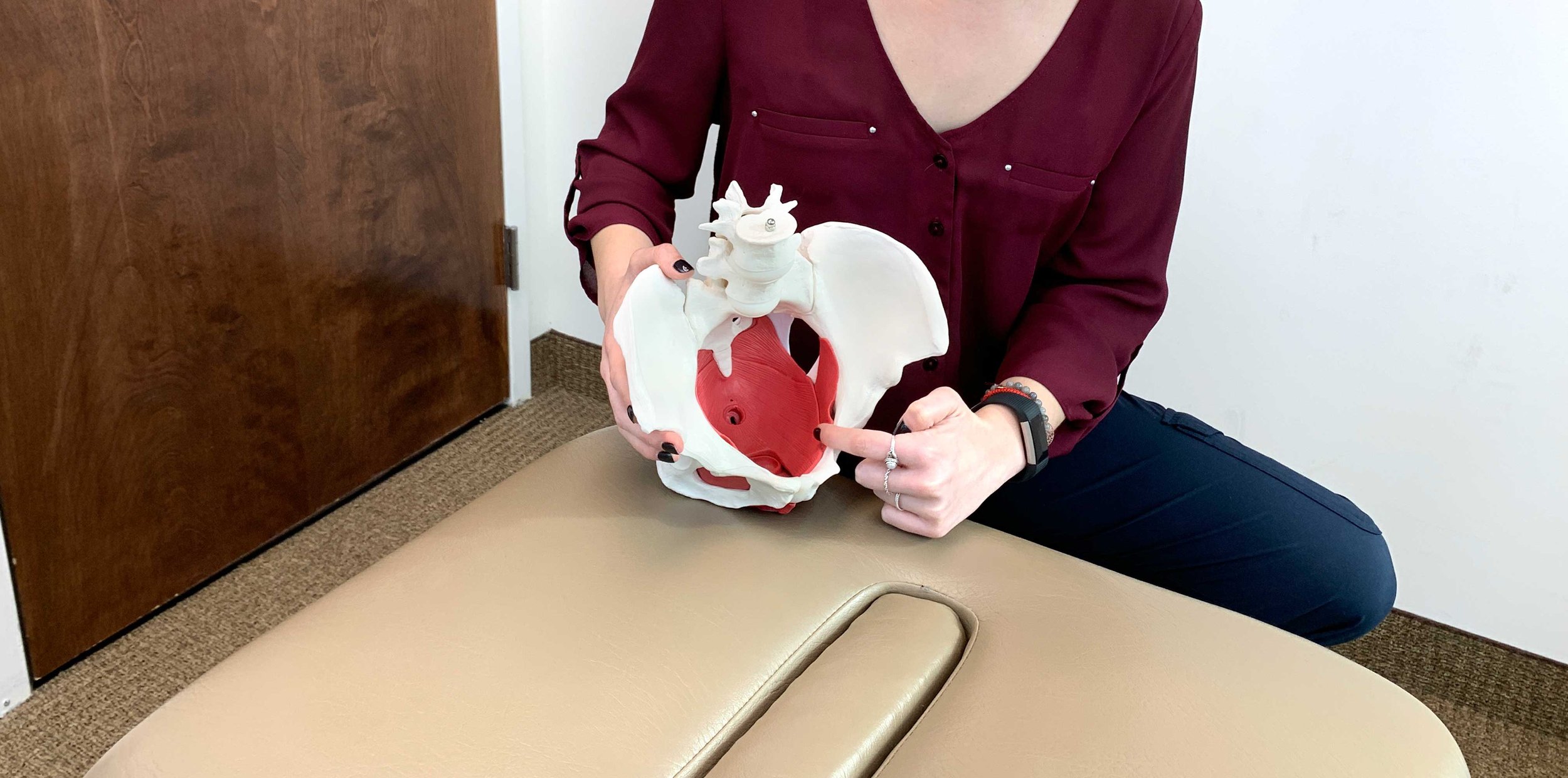Tools to Improve Pelvic Floor Strength in Women
Pelvic floor strength is a hot topic that causes interest for those with dysfunction and those looking to maintain their pelvic floor health. It is important to know about the tools available for improving strength as well as when they can be helpful and when there are better options for you.
While pelvic floor strength is important, there can be issues and impairments that must be addressed first so that strength training can be optimized. Even without pathology, strengthening the pelvic floor can help prevent risk of future dysfunction such as incontinence or pelvic organ prolapse.
Did you know that there are tools that can help build pelvic floor strength?
Let’s start by talking about what a vaginal weight is. It is an object, usually made of plastic or silicone, that can be inserted in the vaginal canal with the purpose of strengthening the pelvic floor.
Using vaginal weights can be helpful in addressing underactive pelvic floor conditions such as:
Urinary incontinence
Pelvic organ prolapse
Fecal incontinence
Post-hysterectomy
In many cases, there is a strength deficit contributing to these dysfunctions and they require strengthening in order to improve support. Sometimes a weak pelvic floor causes a tight pelvic floor. In these cases, the increased tone of the muscles needs to be addressed prior to strengthening. Other muscles such as the glutes, abdominals, and hip adductors may need strengthening as well.
While strengthening of the pelvic floor can be a key piece to rehabilitation, vaginal weights will not replace the care that a trained physical therapist can provide. There are many other factors that need to be addressed in pelvic floor dysfunction including:
Education on structure, function, healthy habits, and behavioral modifications
Instruction on proper motor control of the pelvic floor
Assessment of other contributing factors such as hip strength
Proper instruction on how to start and progress vaginal weight therapy is also imperative to prevent exacerbation of symptoms prior to and during this intervention. For example, patients with increased tone of the pelvic floor should not begin strengthening with vaginal weights if they are not able to lengthen those muscles first.
Using vaginal weights can also be a way to progress to a more advanced rehab program for higher level activities such as running. The experience and expertise of a trained pelvic health therapist will guide you through to proper use of your vaginal weights to ensure your safety as well as appropriate progression.

